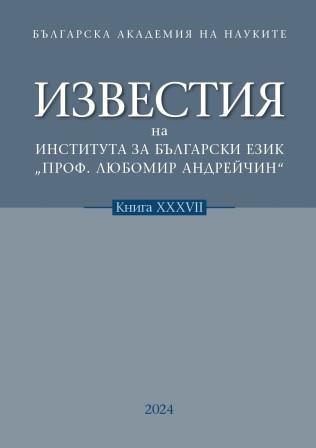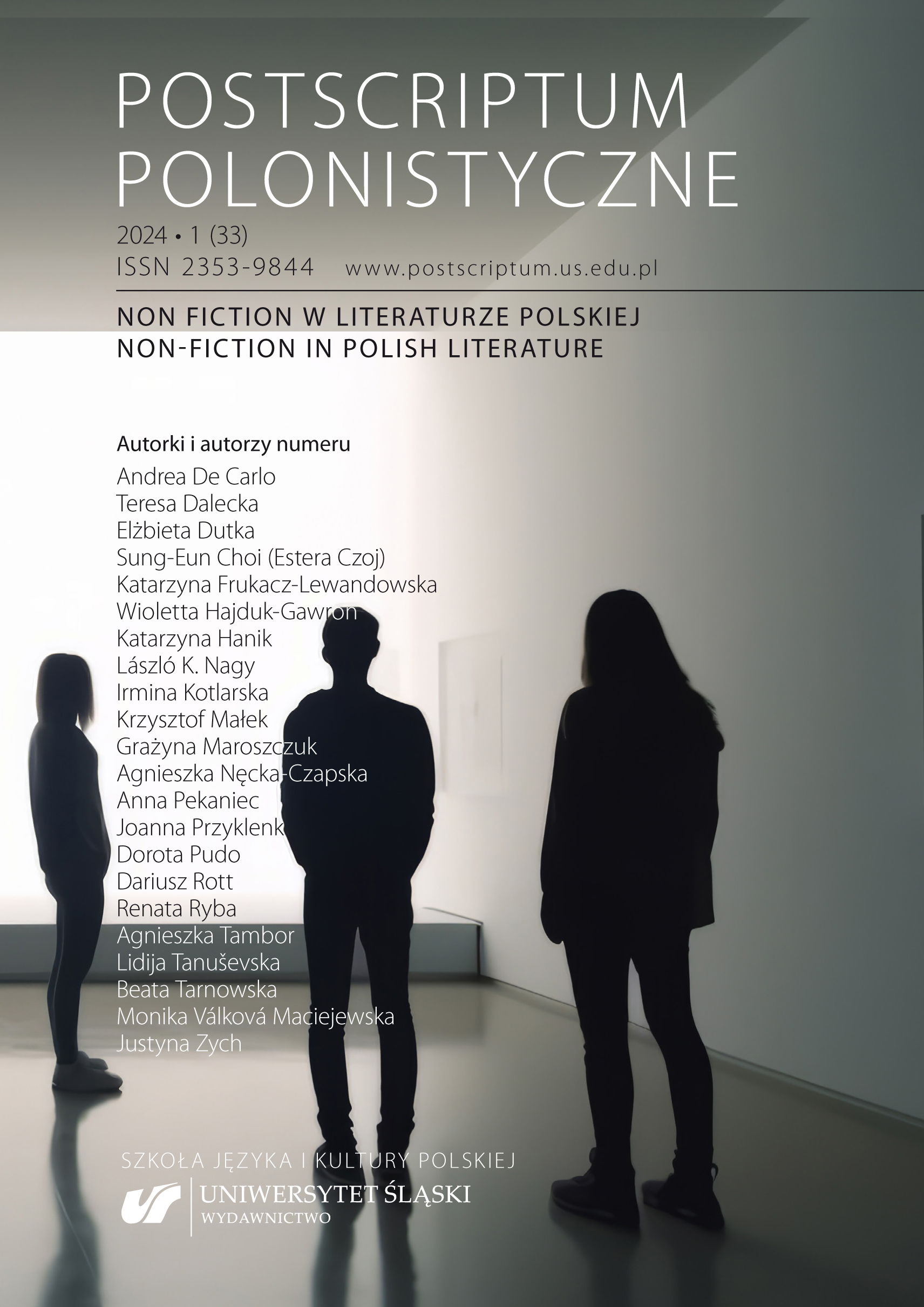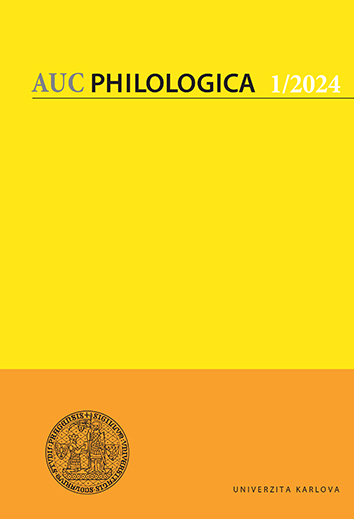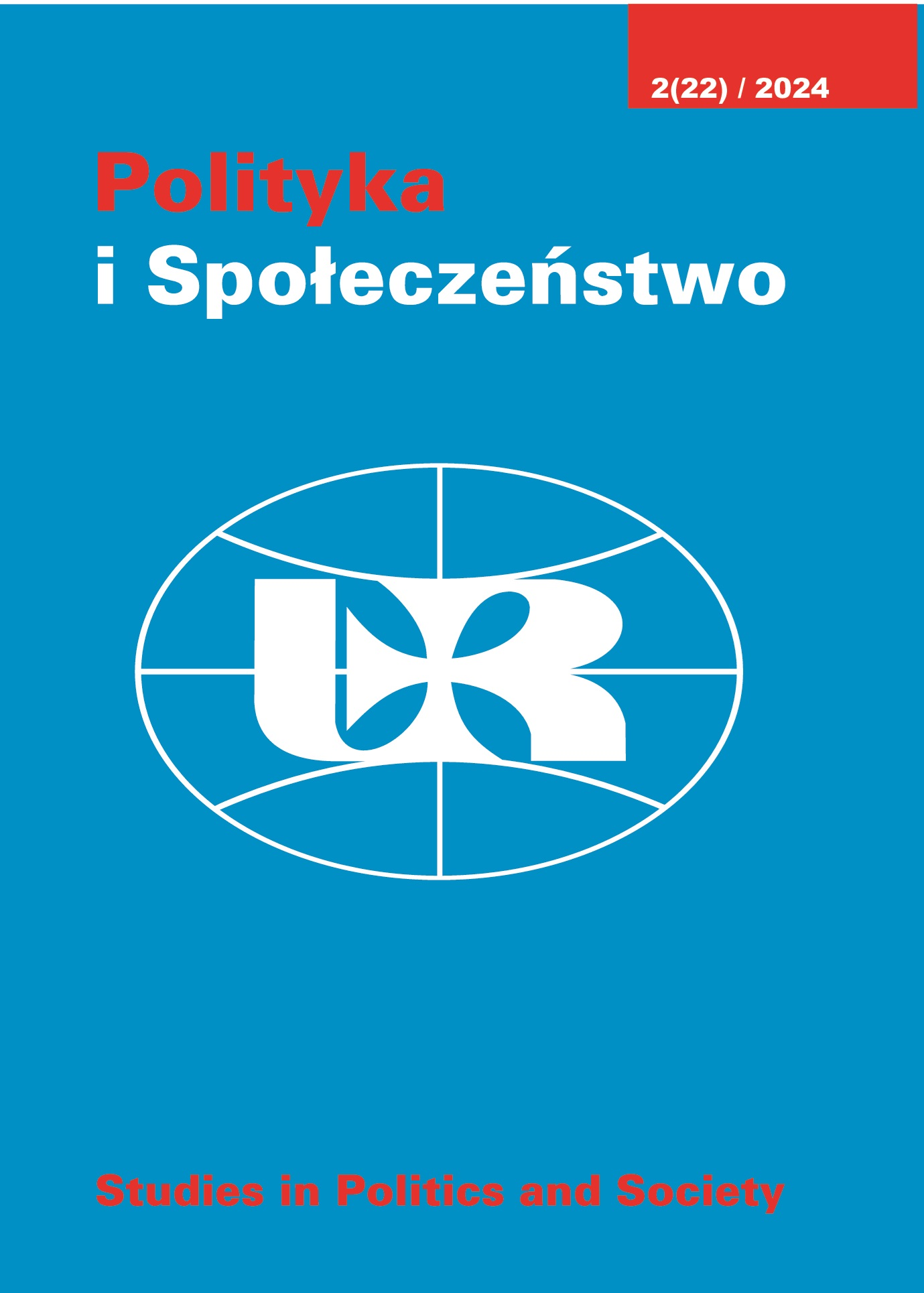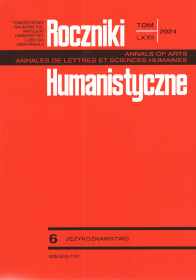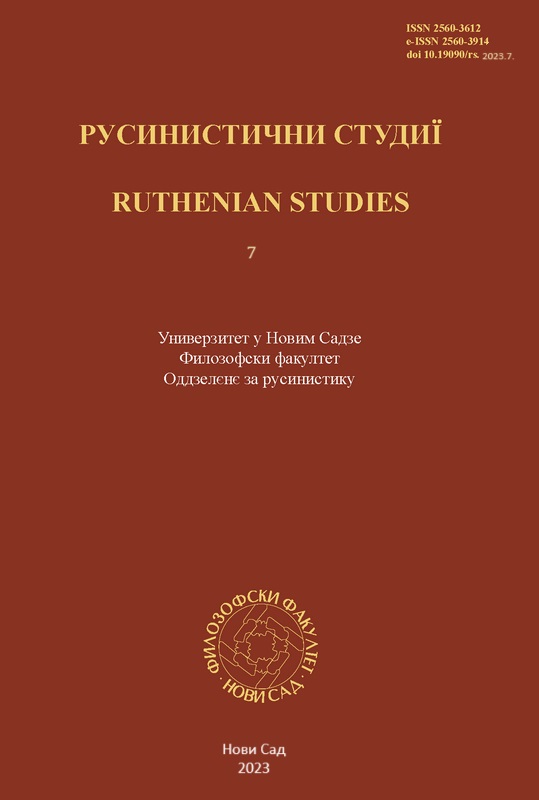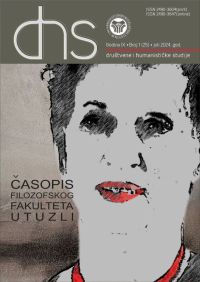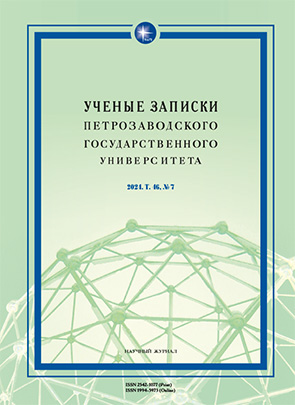Author(s): Irina Kobozeva,Natalia Serdobolskaya / Language(s): Russian
Issue: 7/2024
This research article examines the sources of replenishment for the connective elements (clause linkers) in complex sentences, known as connectors, in modern Russian. Unlike studies focused on the etymological analysis of individual connectors, this study aims to identify the overarching trends in the derivation of connectors in the language from the XX and XXI centuries. The paper analyzes both morphosyntactically indecomposable units at the synchronic level and compound connectors. The research utilizes data from the RUSCON database, which contains examples and provides syntactic and semantic information on 670 Russian connectors. This database was compiled using various sources, including The Concise Academic Dictionary of the Russian Dictionary, The Unabridged Explanatory Dictionary of the Russian Language, D. N. Ushakov’s dictionary, dictionaries of function words edited by T. F. Efremova and V. V. Morkovkin, and the 1980 edition of the Russian Grammar. Additionally, connectors from the Constructicon database of the Russian National Corpus were incorporated into the study. The process of extracting connectors from these sources was conducted manually. For each connector, relevant information such as part of speech, meaning according to the sources, type (for particles), semantic field (according to the RUSCON classification), and sub-value was documented. This paper specifically analyzes new connectors — those not classified as conjunctions in the sources but labeled as ‘modal markers’, ‘adverbs functioning as conjunctions’, ‘conjunction phrase’, ‘analogues of conjunctions’, and similar categories. These units are classified based on their part-of-speech status and semantics. The study highlights the primary sources contributing to the inventory of connectors — abstract nouns and prepositions derived from them, adverbs (especially in the comparative degree), complexes of subordinators and conjunctions, subordinators with particles, and combinations of subordinators with the demonstrative pronoun ‘that’. The study of these new connectors sheds light on the new trends in the Russian language evolution during the XX and XXI centuries, underscoring the significance of this study.
More...
